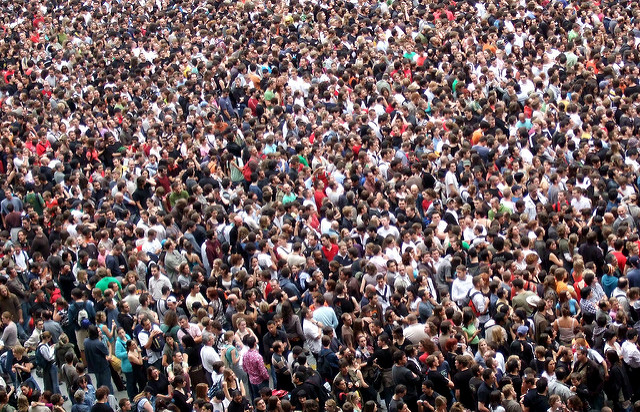Recognizing the shape of a roof to calculate the solar energy potential or photos of wildlife to protect biodiversity, facilitating the massive publication of open data thanks to automatic blurring of faces ... The potential of applying artificial intelligence to image recognition is immense for public administration.
The main obstacle is to have a sufficient volume of images properly qualified (by humans) to be able to train the available models and to use the potential of artificial intelligence for the benefit of our public policies.
"The majority of existing projects based on micro-contributions for image qualification have difficulty finding enough contributors to leverage artificial intelligence. The first circle of contributors is made up of enthusiasts or the project's immediate ecosystem. But successfully recruiting and retaining more distant contributors is often costly in time and energy. Community animation is key, but community management skills are still rare in the public sector. Moreover, the simpler the contribution requested, the more complex it is to retain contributors. Finally, communication budgets do not allow these projects to be easily known by the second circle of contributors and beyond. The state-owned startup " Co-construisons: Putting small digital contributions at the service of the general interest " has set out to solve this equation by developing a platform, Cobot, which allows citizens to classify, qualify or annotate images for projects of general interest.Project owners who have images to classify or to have qualified will be able to simply deposit their data on the platform, choose their qualification needs and manage the frequency and animation of the desired contributions.
The Beta version of " Cobot, 1st bot of general interest " allows, at first, citizens to :
- Recognize on images (from the Openstreetmap collaborative map) the orientation of a roof: knowing if it is flat or sloping will allow to calculate simply and quickly a solar energy potential.
- Recognize on photographs the obstacles to circulation for people with disabilities, the elderly, people with young children.
Références :





